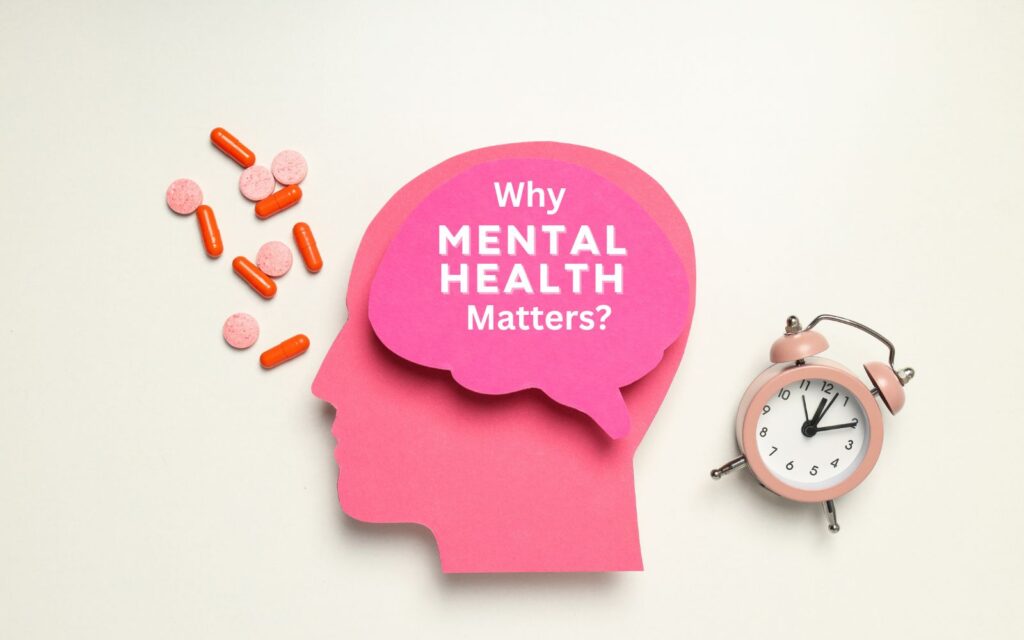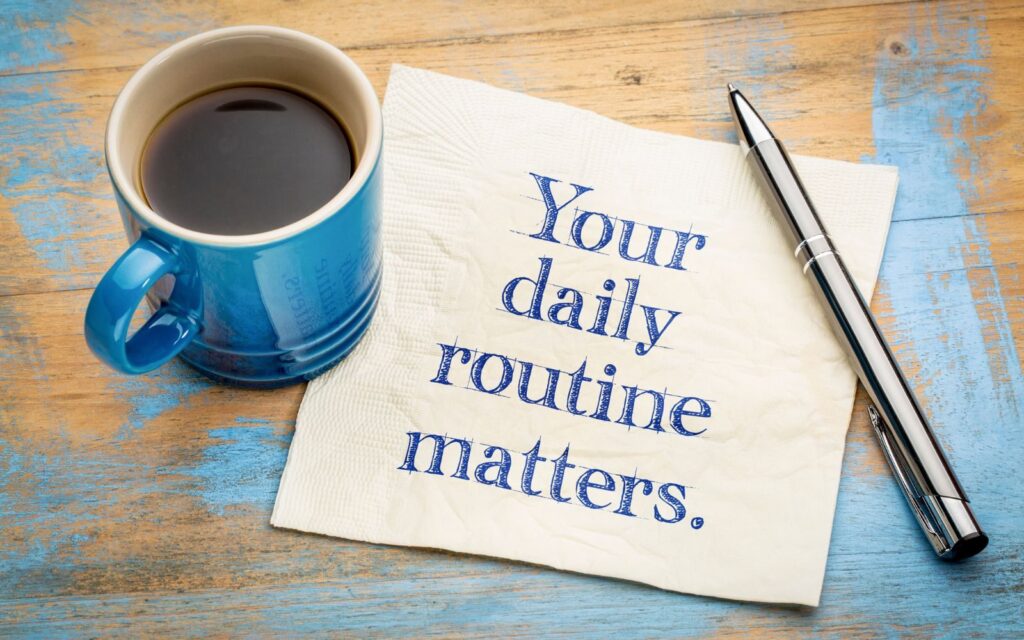5 Simple Mindfulness Exercises for Mental Clarity That Busy People Actually Use

Did you know that 95% of our thoughts are repetitive, and 80% of them are negative? This mental clutter creates a fog that makes decision-making harder and productivity lower. If you’re feeling overwhelmed by racing thoughts or struggling to focus amid life’s demands, you’re not alone.
Mindfulness exercises for mental clarity offer a science-backed solution that doesn’t require hours of meditation or expensive retreats. In this guide, you’ll discover five practical techniques that fit into even the busiest schedules, plus the neuroscience behind why they work. As someone who’s helped hundreds of professionals develop sustainable mindfulness practices over the past decade, I’ve seen these simple exercises transform both productivity and peace of mind.
Why Mental Clarity Matters More Than Ever

Modern life bombards us with information, notifications, and decisions every waking moment. Research from Harvard Medical School shows that this constant stimulation creates what neuroscientists call “cognitive load”-essentially mental traffic jams that impair our ability to think clearly.
Mental clarity isn’t just about feeling calmer. It’s about making better decisions, solving problems creatively, and maintaining emotional balance when life gets hectic. Studies published in Psychological Science demonstrate that people with higher mental clarity score 23% better on cognitive tests and report 31% less workplace stress.
The Science Behind Mindfulness and Brain Function

Mindfulness meditation literally changes your brain structure. Neuroimaging studies reveal that regular practice increases gray matter density in areas responsible for attention and emotional regulation. The prefrontal cortex-your brain’s CEO-becomes more efficient at filtering distractions and maintaining focus.
Dr. Sara Lazar’s groundbreaking research at Massachusetts General Hospital found that just eight weeks of mindfulness practice increased cortical thickness in regions associated with attention and memory. This means mindfulness exercises for mental clarity create lasting neurological improvements, not just temporary relief.
5 Practical Mindfulness Exercises for Instant Mental Clarity

The 3-3-3 Grounding Technique
This rapid-fire exercise works anywhere, anytime. Look around and name three things you can see, three sounds you can hear, and three body sensations you notice. This technique activates your parasympathetic nervous system within 30 seconds, immediately reducing mental chatter.
I recommend this to executives before important meetings. The sensory focus pulls your attention from abstract worries to concrete reality, creating space for clearer thinking.
Breath Counting for Laser Focus
Count your breaths from one to ten, then start over. When your mind wanders (and it will), simply return to one without judgment. This deceptively simple practice trains your attention like a muscle.
Start with two minutes daily. Research from UCLA shows this exercise improves sustained attention by 14% after just one week of consistent practice.
The Body Scan for Emotional Intelligence
Mentally scan from your toes to the top of your head, noticing tension or sensations without trying to change anything. This mindfulness exercise for mental clarity helps you recognize stress before it becomes overwhelming.
Many busy parents find this particularly helpful before difficult conversations with teenagers or during stressful work transitions.
Mindful Walking Between Tasks
Transform your commute or trips between meetings into clarity boosters. Focus on the sensation of your feet touching the ground, the rhythm of your movement, or the feeling of air on your skin.
This moving meditation helps reset your mental state between activities, preventing the accumulation of stress throughout the day.
The STOP Method for Decision Clarity
When facing a difficult choice, use this acronym: Stop what you’re doing, Take a breath, Observe your thoughts and feelings, Proceed with awareness. This four-step process creates space between stimulus and response, leading to wiser decisions.
Business leaders consistently report that this technique improves their strategic thinking and reduces impulsive choices that they later regret.
Creating Your Sustainable Mindfulness Routine

Start small to build lasting habits. Choose one exercise and practice it for just two minutes daily for one week. Research shows that consistency matters more than duration-five minutes daily beats one hour weekly.
Link your practice to existing habits. Practice the 3-3-3 technique before checking email, or do breath counting while your coffee brews. This “habit stacking” approach, popularized by behavioral scientist BJ Fogg, dramatically increases adherence rates.
Track your progress simply. Notice improvements in sleep quality, reaction to stress, or ability to concentrate. These real-world changes motivate continued practice more than abstract goals.
Practical Takeaways
- Start immediately: Choose one exercise and try it right now for two minutes
- Build consistency: Practice the same technique daily for one week before adding variety
- Use transition moments: Turn routine activities like walking or waiting into mindfulness opportunities
- Notice real-world impacts: Pay attention to improved focus, better sleep, or calmer reactions to stress
- Be patient with wandering minds: Mental drift is normal and part of the training process
Summary
Mindfulness exercises for mental clarity offer a practical antidote to our distracted, overstimulated world. These five techniques-the 3-3-3 grounding method, breath counting, body scanning, mindful walking, and the STOP decision-making tool-require no special equipment or extensive time commitments.
Science confirms that regular practice literally rewires your brain for better attention, emotional regulation, and cognitive performance. The key lies not in perfect execution but in consistent, gentle practice that fits your real life.
Ready to experience clearer thinking? Choose one exercise from this list and commit to trying it for the next seven days. Your future, more focused self will thank you.
FAQs About Mindfulness Exercises for Mental Clarity
How long should I practice mindfulness exercises for mental clarity?
Start with just 2-5 minutes daily. Research shows that consistency matters more than duration-brief daily practice creates more lasting benefits than occasional long sessions. You can gradually increase time as the habit becomes natural.
Can mindfulness exercises for mental clarity help with anxiety?
Yes, studies from Johns Hopkins University found that mindfulness meditation reduces anxiety symptoms by an average of 38%. The techniques help you observe anxious thoughts without being overwhelmed by them, creating space between triggers and reactions.
What’s the best time of day for mindfulness exercises for mental clarity?
Morning practice sets a calm foundation for the day, while evening sessions help process stress. However, the best time is whenever you can be consistent. Many people find success with brief exercises during work transitions or before meals.
Do I need special equipment for mindfulness exercises for mental clarity?
No equipment is necessary. These practices rely only on your attention and breath. While apps or guided recordings can be helpful initially, the goal is developing the ability to access clarity anywhere, anytime, without external tools.
How quickly will I notice results from mindfulness exercises for mental clarity?
Many people report feeling calmer after their first session, but lasting changes typically emerge after 2-3 weeks of consistent practice. Neuroplasticity research suggests significant brain changes occur after 8 weeks of regular mindfulness practice, with attention improvements visible within days.
Your Thoughts:
What’s your biggest challenge with mental clarity? Share your experience in the comments below and let’s support each other’s mindfulness journey.
If you found these techniques helpful, explore our related articles on stress management and work-life balance. Don’t forget to share this post with friends who might benefit from these practical mindfulness strategies.





